Exploring the culinary landscape of America reveals how certain once-beloved dishes are slowly slipping out of the spotlight. As tastes evolve and dietary preferences shift, many classic foods that were once staples on dinner tables across the country are becoming less common.
Cultural changes, health trends, and modern dining habits have all contributed to their quiet retreat. Yet for many, these dishes still evoke warm memories and a sense of nostalgia. Here’s a look at 17 classic American foods that are gradually fading from popularity, offering a bittersweet reminder of flavors from the past.
1. Tuna Noodle Casserole

Remember gathering around the dinner table for a warm, hearty tuna noodle casserole? This comfort food staple, once a household favorite in the 1950s and ’60s, is now often overshadowed by more modern dishes.
While convenience and nostalgia kept it alive, changing tastes have led many to seek fresher, healthier options. A nostalgic reminder of simpler times, it remains cherished in memories even as it vanishes from menus.
2. Meatloaf

While meatloaf may still grace some dinner tables, its popularity has waned over the years. Once a symbol of home-cooked goodness, this dish featured a seasoned blend of ground meat, breadcrumbs, and a tangy glaze. A slice of meatloaf was often accompanied by a side of mashed potatoes and gravy.
However, with the rise of health-conscious eating, many have turned their backs on its fatty and heavy nature. Despite this, meatloaf holds a special place in American culinary history, evoking memories of family meals and Sunday dinners.
3. Waldorf Salad
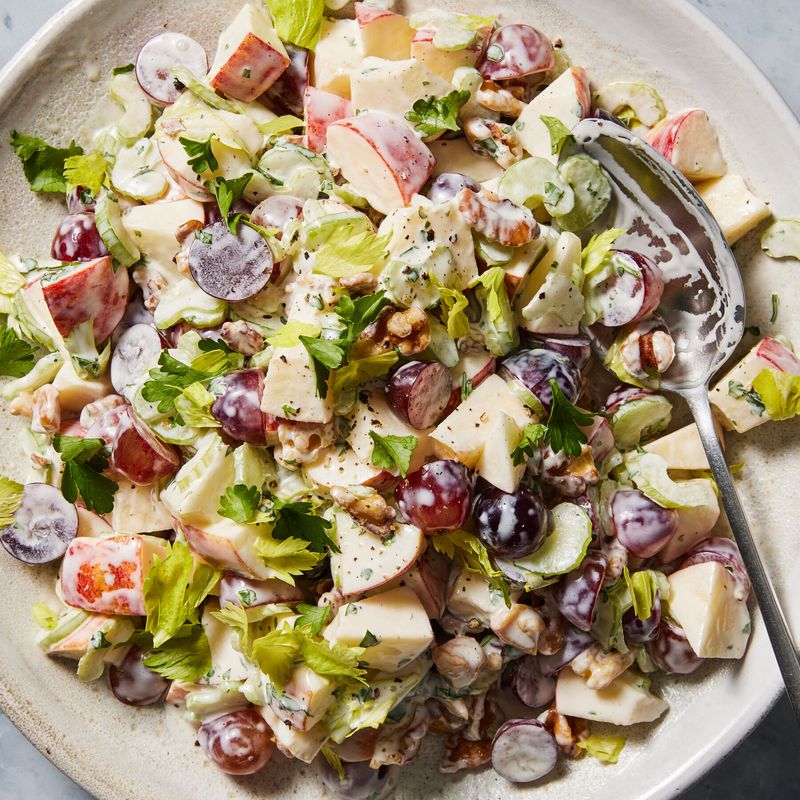
Once considered the epitome of sophistication, Waldorf salad is a dish that has seen better days. Originating from the famous Waldorf Astoria Hotel in New York City, its combination of apples, celery, and mayonnaise once charmed many.
This salad was a favorite at high-class gatherings and elegant dinners. However, as new salad trends emerged with kale and quinoa, the Waldorf salad took a backseat. Today, it is a reminder of a time when simplicity in ingredients was celebrated.
4. Creamed Chipped Beef

Some may recall creamed chipped beef as a nostalgic breakfast dish, especially popular in the mid-1900s. Made with thin slices of dried beef in a creamy, white sauce, it was typically served over toast. Often a staple in military mess halls, it earned the nickname “SOS” or “Stew on a Shingle.”
As breakfast options expanded, and with the rise of healthier alternatives, it slowly disappeared from tables. This dish remains a part of history, especially for those who served in the armed forces. It’s a culinary relic that still sparks conversation among those who remember it.
5. Ambrosia Salad
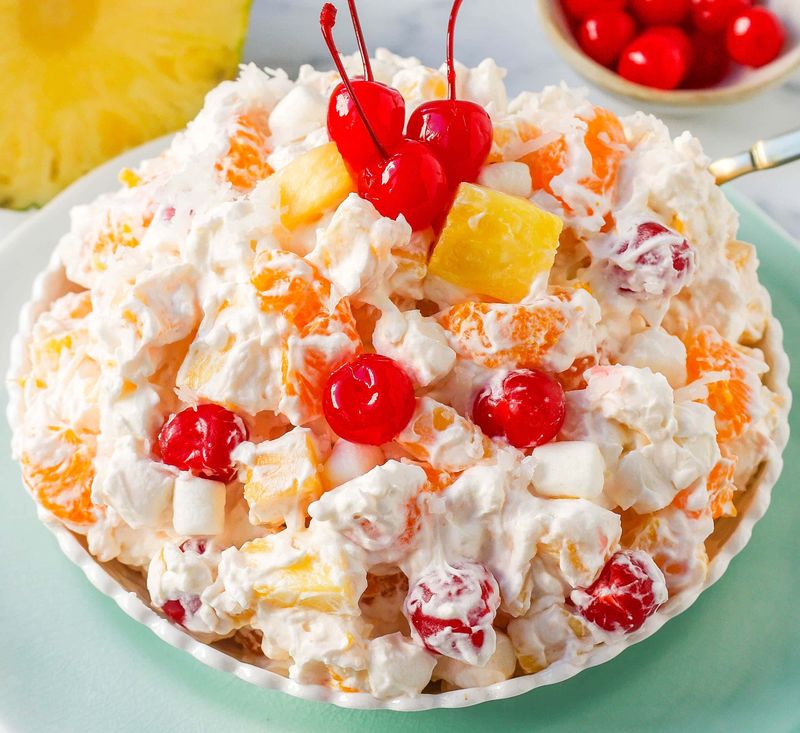
Whimsical and sweet, ambrosia salad was once a staple at picnics and potlucks across America. Featuring a blend of canned fruit, marshmallows, and coconut in a creamy dressing, this salad was a colorful delight.
Despite its sugary appeal, modern preferences have leaned towards fresher fruit salads, moving away from canned ingredients. Ambrosia salad now holds a nostalgic charm, evoking memories of family gatherings and summer days.
6. Salisbury Steak

Salisbury steak, once a staple diner dish, has seen a decline in popularity. Crafted from ground beef patties and served with rich gravy, it was an economical and satisfying option for many. Often accompanied by mashed potatoes, it symbolized the hearty and comforting meals of mid-century America.
However, as culinary tastes evolved, and with the focus on healthier proteins, many have replaced Salisbury steak with leaner cuts. Yet, it remains a nostalgic nod to a time when diners were the heart of American dining culture.
7. Jell-O Salads

In the realm of quirky culinary creations, Jell-O salads perhaps reign supreme. These gelatinous concoctions, which often included fruits, marshmallows, and even vegetables, were a fixture at family gatherings. Their vibrant colors and wobbly textures made them a fun addition to any table. However, as gourmet and artisanal foods took center stage, the novelty of Jell-O salads faded.
Despite their decline, they remain an icon of mid-century American cuisine and a conversation starter. Jell-O salads still pop up in vintage cookbooks and evoke a sense of nostalgia among those who grew up with them.
8. Spam And Pineapple

A combination that once brought a taste of the tropics to American tables, spam and pineapple is now less common. During the mid-20th century, this dish offered a sweet and savory contrast, often skewered and grilled. While Spam remains popular in certain regions, such as Hawaii, the dish’s overall popularity has waned.
This decline is attributed to changing tastes and a push for less processed food. Nevertheless, it holds a special place in the hearts of those who remember its unique flavor pairing.
9. Liver And Onions

Liver and onions, a dish that often evokes strong opinions, has seen a decline in popularity. Known for its rich, earthy flavor, this dish was once a common way to enjoy nutrient-rich organ meats. Typically served with a side of mashed potatoes, it was a hearty meal for many families.
However, as preferences shifted towards leaner meats and vegetarian options, liver and onions fell out of favor. Despite its reduced presence, it still remains a dish that sparks nostalgia and conversations about family dinners of the past.
10. Ham Salad Sandwich Spread
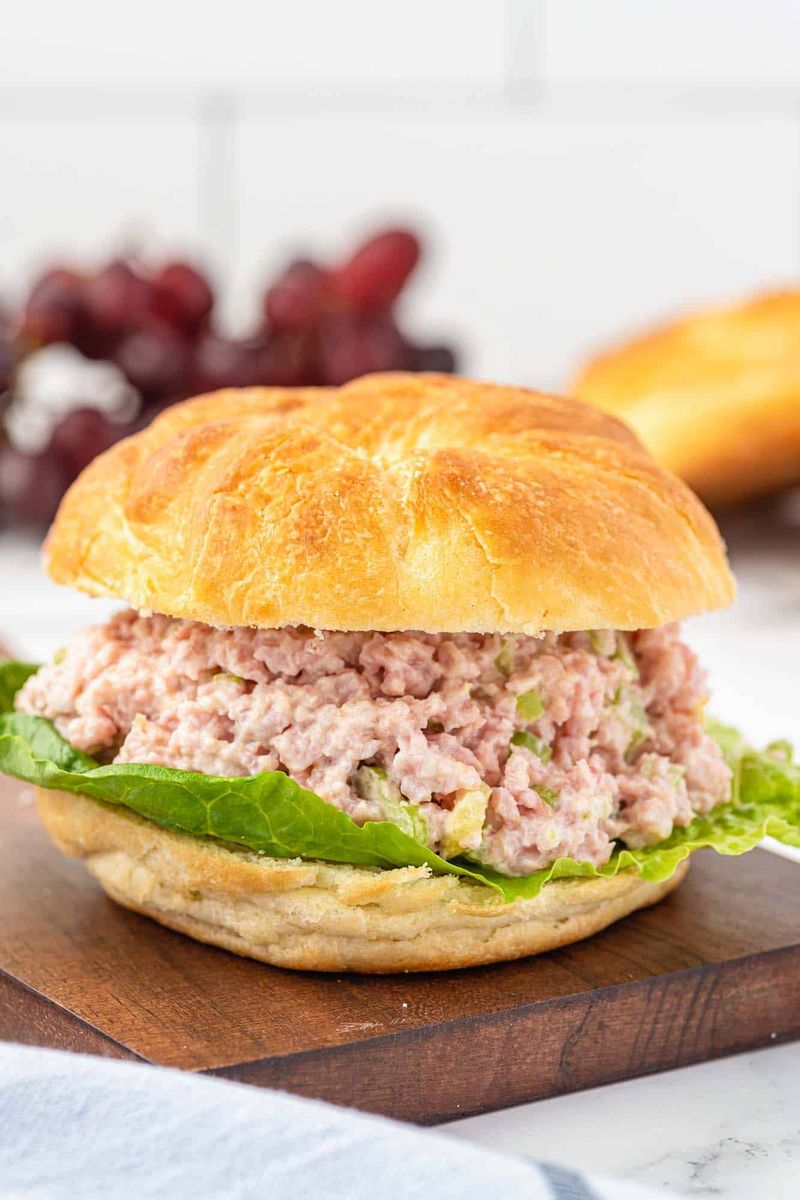
Ham salad sandwich spread was once a popular choice for lunches and picnics. Made from finely chopped ham mixed with mayonnaise, mustard, and pickles, it offered a savory and creamy filling for sandwiches. This spread was a go-to for quick and convenient meals, particularly in the mid-1900s.
With the rise of more diverse sandwich options and changing dietary preferences, its popularity has dwindled. Despite this, it remains a nostalgic favorite for those who remember its place in their lunchboxes.
11. Chicken A La King

Once a dish of elegance and flair, Chicken A La King has largely faded from modern menus. Originating in the late 19th century, it featured diced chicken in a creamy sauce with mushrooms and pimentos, often served over toast or rice. It graced the tables of fine dining establishments and home kitchens alike.
As culinary trends shifted towards lighter fare, Chicken A La King found itself overshadowed. Despite its decline, it still conjures images of opulent dinners and special occasions.
12. Beef Tongue
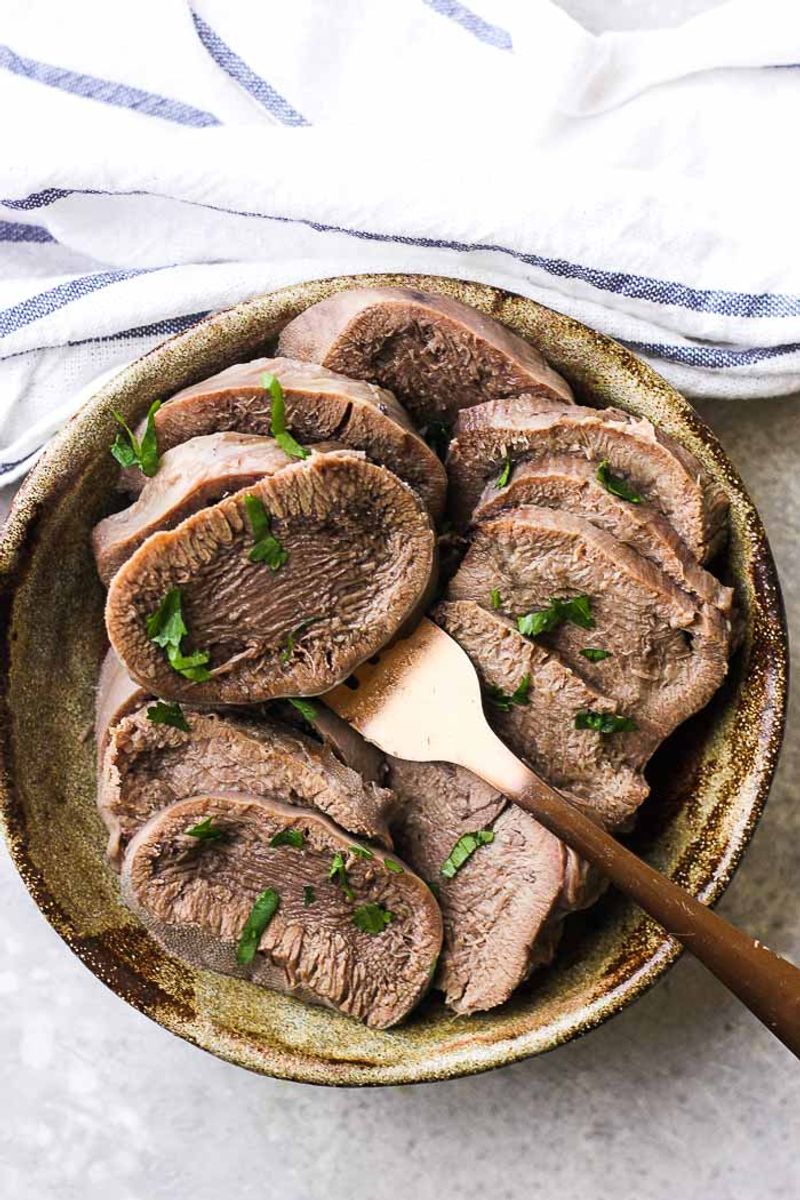
Once a staple in many households, beef tongue has seen a significant decline in popularity. Known for its unique texture and rich flavor, it was often braised or cooked with spices and served as a main dish. Despite its culinary merits, many have moved away from organ meats in favor of more conventional cuts.
Yet, in certain culinary circles and ethnic cuisines, it remains a prized delicacy. This dish evokes a time when no part of the animal went to waste.
13. Chipped Ham BBQ

Chipped ham BBQ, a regional favorite, has witnessed a decline outside its original strongholds. Thinly sliced ham cooked in a sweet and tangy barbecue sauce was once a popular picnic choice, especially in the Pittsburgh area.
Its convenience and flavor made it a beloved dish for family gatherings. However, as barbecue styles diversified and palates changed, chipped ham BBQ’s popularity waned. Despite this, it remains a nostalgic delicacy for those who grew up with it.
14. Cottage Cheese And Fruit

Cottage cheese and fruit, once a popular light dish, has seen its popularity wane in recent decades. This simple combination was often enjoyed as a breakfast or snack option, providing a balance of protein and sweetness.
However, as yogurt and other dairy alternatives gained traction, cottage cheese took a backseat. Despite this, it still holds a nostalgic appeal for those who appreciated its simplicity and refreshing taste.
15. Tomato Aspic
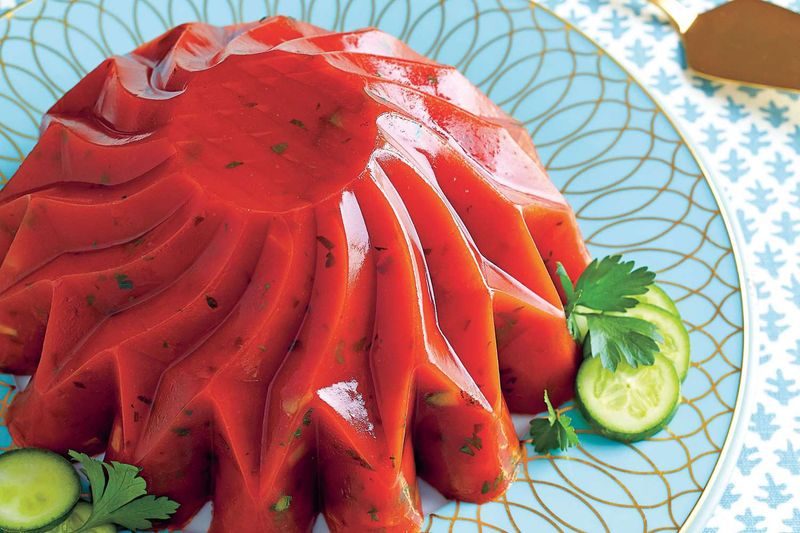
A true relic of the past, tomato aspic was once a popular choice for elegant gatherings. This gelatin-based dish, made from tomato juice and spices, was often served as a salad or appetizer. Its unique presentation and savory flavor made it a conversation piece at parties.
As preferences shifted towards fresh and less processed foods, tomato aspic’s popularity declined. Today, it serves as a quirky reminder of culinary trends of the past.
16. Welsh Rarebit

Welsh rarebit, a dish with roots in British cuisine, has seen its popularity wane in America. Essentially a savory cheese sauce served over toast, it was often enjoyed as a hearty snack or light meal.
Its rich flavor and comforting nature made it a favorite in pubs and homes alike. However, as global cuisine gained popularity, this simple dish was overshadowed by more diverse offerings. Despite this, Welsh rarebit remains a nostalgic nod to comfort food of the past.
17. Beef Manhattan
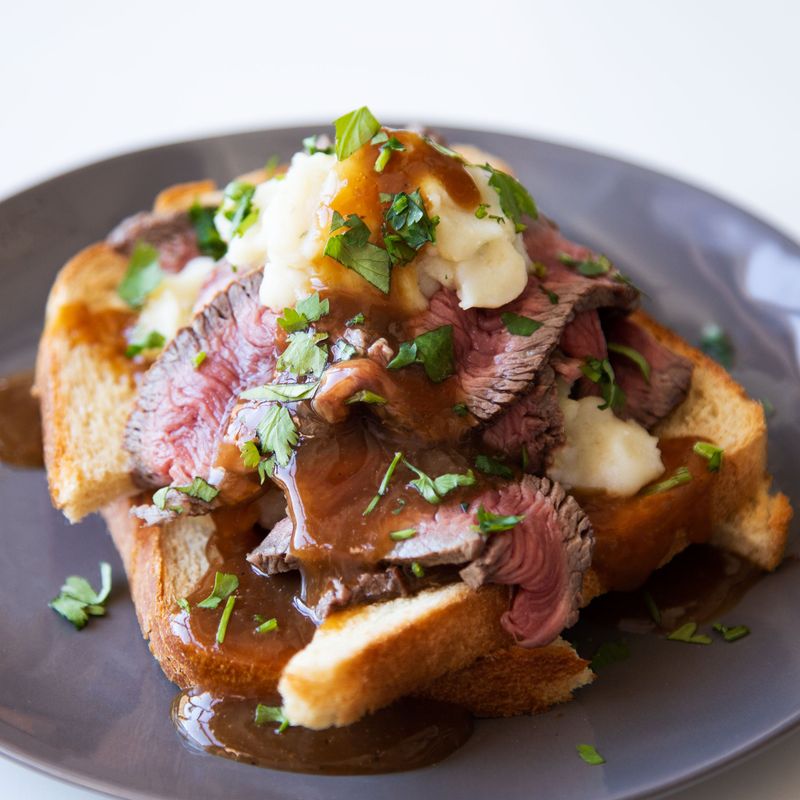
A hearty dish that once warmed the hearts of many diners, Beef Manhattan has seen a decline in popularity. Consisting of sliced roast beef served with mashed potatoes and gravy, it was the quintessential comfort meal.
Often found in diners and cafeterias, it symbolized the no-frills, satisfying meals of mid-century America. However, as dining trends moved towards lighter and more diverse cuisines, Beef Manhattan faded from the mainstream. Despite this, it remains a cherished memory for those who enjoyed its simple, comforting flavors.
Leave a comment